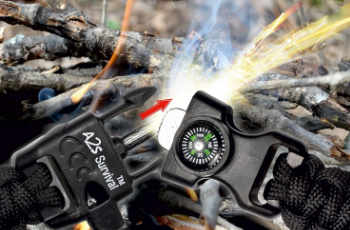
Habitual handshaking allows movement of germs between people, and can help spread contagious illness, the study showed.
Using rubber gloves and a thick layer of E. coli, scientists exchanged handshakes, high fives and fist-bumps, and have shown that transfer of potentially disease-causing bacteria is highest during a handshake.
Dr Dave Whitworth, senior lecturer at Aberystwyth University, and PhD student Sara Mela, dipped gloved hands into a bacterial broth before testing three different greetings. Assessing the amount of germs transferred from each contact, they found a high dose of bugs were passed on during a handshake.
This was reduced by over half in the high-five, and germ transfer was a whopping 90 percent lower when bumping fists.
The hygienic nature of the fist-bump may be due in part to its speed – typically much quicker than a firm handshake – but also because there is a smaller contact area involved.
Direct contact is needed for most microbes to move, so minimizing the parts of the hand that touch gives bacteria less chance to spread.
The fist-bumping researchers also looked at grip strength and found that a stronger handshake increased the amount of bacteria shared.
The study, published in the August edition of the American Journal of Infection Control, was inspired by an increase in measures to promote cleanliness in the workplace, such as hand-sanitizers and keyboard disinfectants.
“People rarely think about the health implications of shaking hands,” said Dr Whitworth. “If the general public could be encouraged to fist-bump, there is genuine potential to reduce the spread of infectious diseases.”

